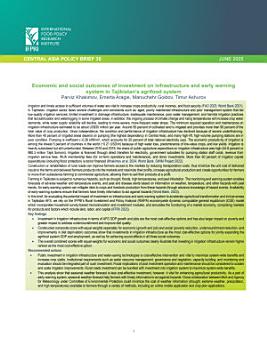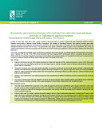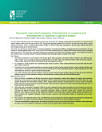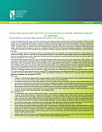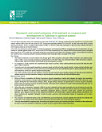Economic and social outcomes of investment on infrastructure and early warning system in Tajikistan’s agrifood system
About this ebook
More than 40 percent of irrigated areas depend on pumping (the highest dependency in Central Asia), and many high-lift, high-volume pumping stations are in poor condition. Pumping is inefficient (~0.28 kWh/m3, which accounts for 20 percent of total national electricity use). The economic productivity of irrigation is among the lowest 5 percent of countries in the world (~0.21 USD/m) because of high water loss, predominance of low-value crops, and low yields. Irrigation is heavily subsidized but still underfunded. Between 2016 and 2019, the share of public agriculture expenditure on irrigation infrastructure was high (44.6 percent or 880.3 million Tajik Somoni). Irrigation is financed through direct transfers for electricity, government subsidies for pumping station staff costs, revenue from irrigation service fees, WUA membership fees (for on-farm operations and maintenance), and donor investments. More than 60 percent of irrigation capital expenditures (including flood protection) is donor financed (Khakimov et al. 2024; World Bank. SWIM Project 2022).
